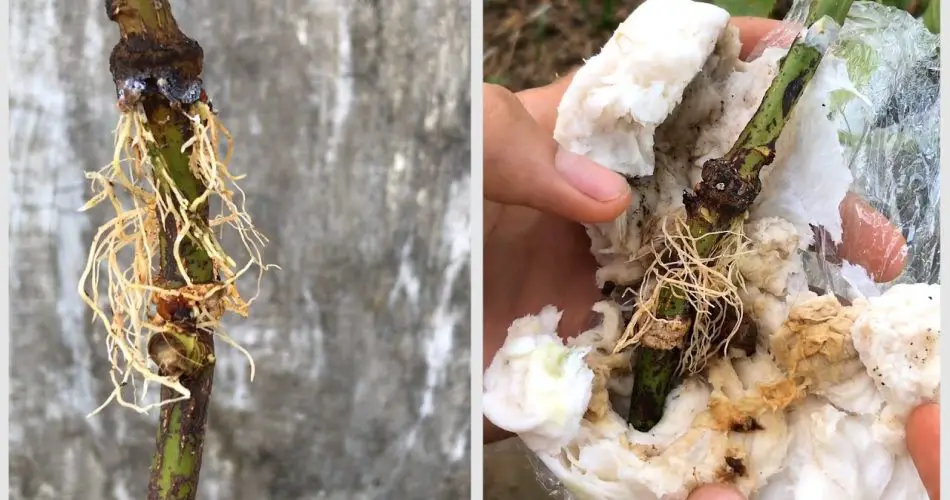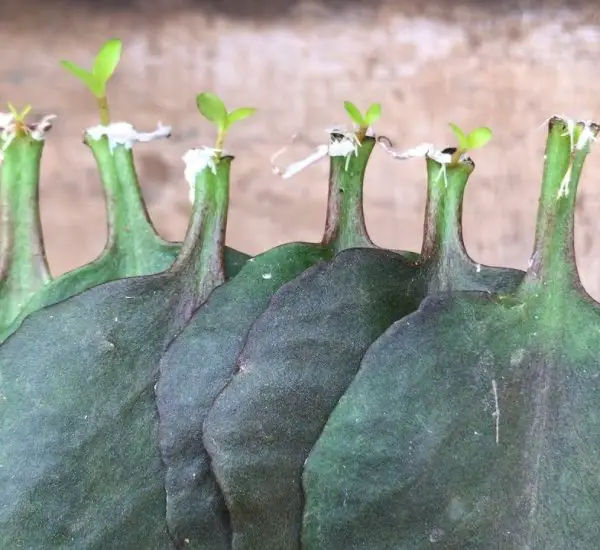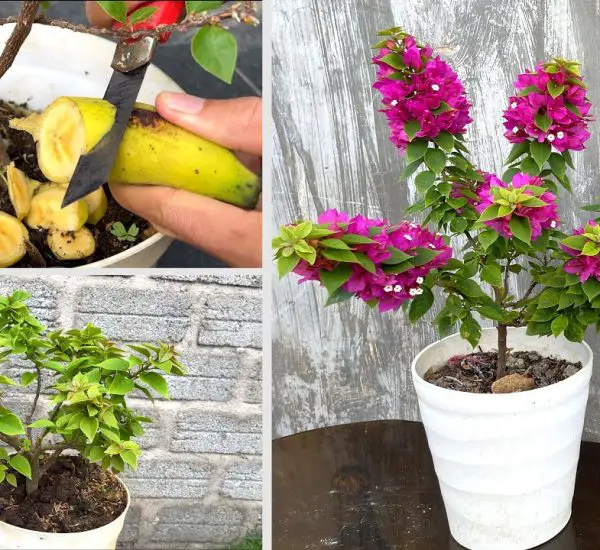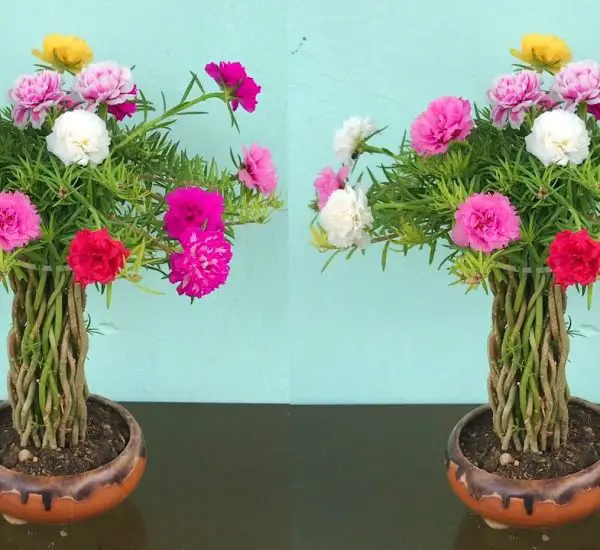Roses are among the most beloved flowers in the world, known for their beauty, fragrance, and symbolism. Whether you’re trying to propagate a favorite rose variety or just want to grow a new rose bush in your garden, the good news is that you don’t always need fancy rooting hormones or expensive equipment to get the job done. One of the simplest methods for rooting roses involves using toilet paper — yes, you read that right!
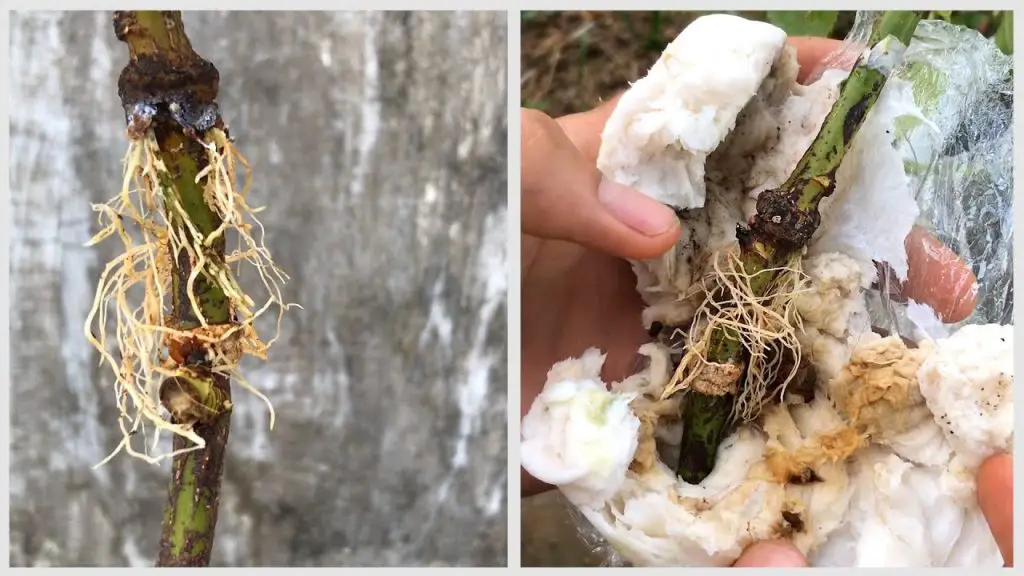
In this article, we’ll explore how you can successfully root roses using toilet paper, why this method works, and what results you can expect. This affordable, DIY technique will help you propagate healthy rose plants at home with minimal effort.
Why Use Toilet Paper to Root Roses?
You might be wondering, why toilet paper? The key reason is that toilet paper provides the perfect environment for the rose cuttings to develop roots. Here’s why:
- Moisture Retention: Toilet paper is highly absorbent, which helps maintain the right level of moisture around the cutting, preventing it from drying out while it forms new roots.
- Sterility: Unlike soil, toilet paper is clean and free from bacteria, fungi, or pests, which might hinder the rooting process.
- Easy to Handle: It’s an affordable and easy-to-find material that anyone can use, even without a green thumb. Plus, it’s mess-free and simple to set up.
Now that you understand why toilet paper works, let’s get into how to use it effectively to propagate roses.
How to Root Roses with Toilet Paper: Step-by-Step Guide
Step 1: Choose the Right Rose Cutting
To start, select a healthy rose stem. Look for a semi-hardwood cutting (not too young, not too old), ideally taken from a rose that is blooming. The cutting should be about 6 to 8 inches long. Cut just below a leaf node, as this is where roots will eventually form. Make sure the cutting is free from diseases or pests.
Step 2: Prepare the Toilet Paper
Next, get a piece of toilet paper (preferably a few layers thick for better moisture retention). Dampen it slightly with water — you want it to be moist, but not soaking wet. The moisture will help maintain a humid environment around the cutting.
Step 3: Wrap the Rose Cutting
Now, take your prepared rose cutting and gently wrap the base (where the roots will form) in the moist toilet paper. Ensure that the cut end of the stem is well-covered but not too tightly wrapped. The goal is to keep the cutting moist and insulated without constricting the flow of water.
Step 4: Secure the Cutting
To keep the toilet paper in place, you can use a bit of plastic wrap or a small plastic bag. This will help create a mini greenhouse effect around the cutting, maintaining humidity levels. You can also use elastic bands to hold the paper in place. The cutting should be able to breathe, but make sure it’s well-covered to trap moisture.
Step 5: Place the Cutting in a Warm Spot
Now that your cutting is secured, place it in a warm, indirect light location. Don’t place it in direct sunlight, as this could dry out the cutting. Keep the wrapped cutting in a spot with a temperature of around 70-75°F (21-24°C) for optimal rooting.
Step 6: Monitor the Moisture
Check the cutting regularly to ensure the toilet paper remains moist. If it begins to dry out, mist it with a little water or re-dampen the paper. Be sure not to let it get too soggy, as too much moisture can cause the cutting to rot.
What Results to Expect: Rooting Time and Growth
In about 2-4 weeks, you should begin to see roots forming at the base of the cutting. You’ll know it’s time to transplant your rose into a pot when the roots are about 1 to 2 inches long. If you notice any signs of rotting or the cutting starts to look unhealthy, remove it immediately and try again with a fresh cutting.
Once the rose has rooted successfully, carefully remove the toilet paper and plant the cutting in a pot filled with good-quality soil. Continue to care for the new plant as it establishes itself, keeping it in a shaded area until it starts growing vigorously.
Why This Method Works So Well
Using toilet paper to root roses might sound unusual, but it’s a surprisingly effective method for several reasons:
- Moisture Control: Toilet paper ensures that your rose cutting gets just the right amount of moisture without being submerged in water, which could lead to rot.
- Simplicity: This method doesn’t require complicated tools or expensive rooting products — it’s a natural, low-maintenance solution.
- Success Rate: Many gardeners report high success rates with this technique, making it perfect for beginners who want to try their hand at propagating roses.
Final Tips for Success
- Use Clean Tools: Always sterilize your pruning shears before cutting your rose to avoid transferring diseases.
- Be Patient: Rooting can take time, so don’t rush the process. Keep your rose cutting in a consistent environment and monitor its progress.
- Transplant Carefully: Once your rose has rooted, transplant it into a pot with well-draining soil. Avoid moving it to the garden until it’s established and thriving.
Conclusion: Grow Roses with Ease Using Toilet Paper
There you have it — the simple and effective method to root roses using toilet paper. With a bit of patience and the right care, you can successfully propagate your favorite roses and watch them grow into strong, healthy plants. Not only is this method incredibly easy, but it also allows anyone, even those without a garden, to grow roses at home.
Next time you want to expand your rose garden or share the beauty of roses with friends and family, try rooting roses with toilet paper. You’ll be amazed at the results! 🌹
